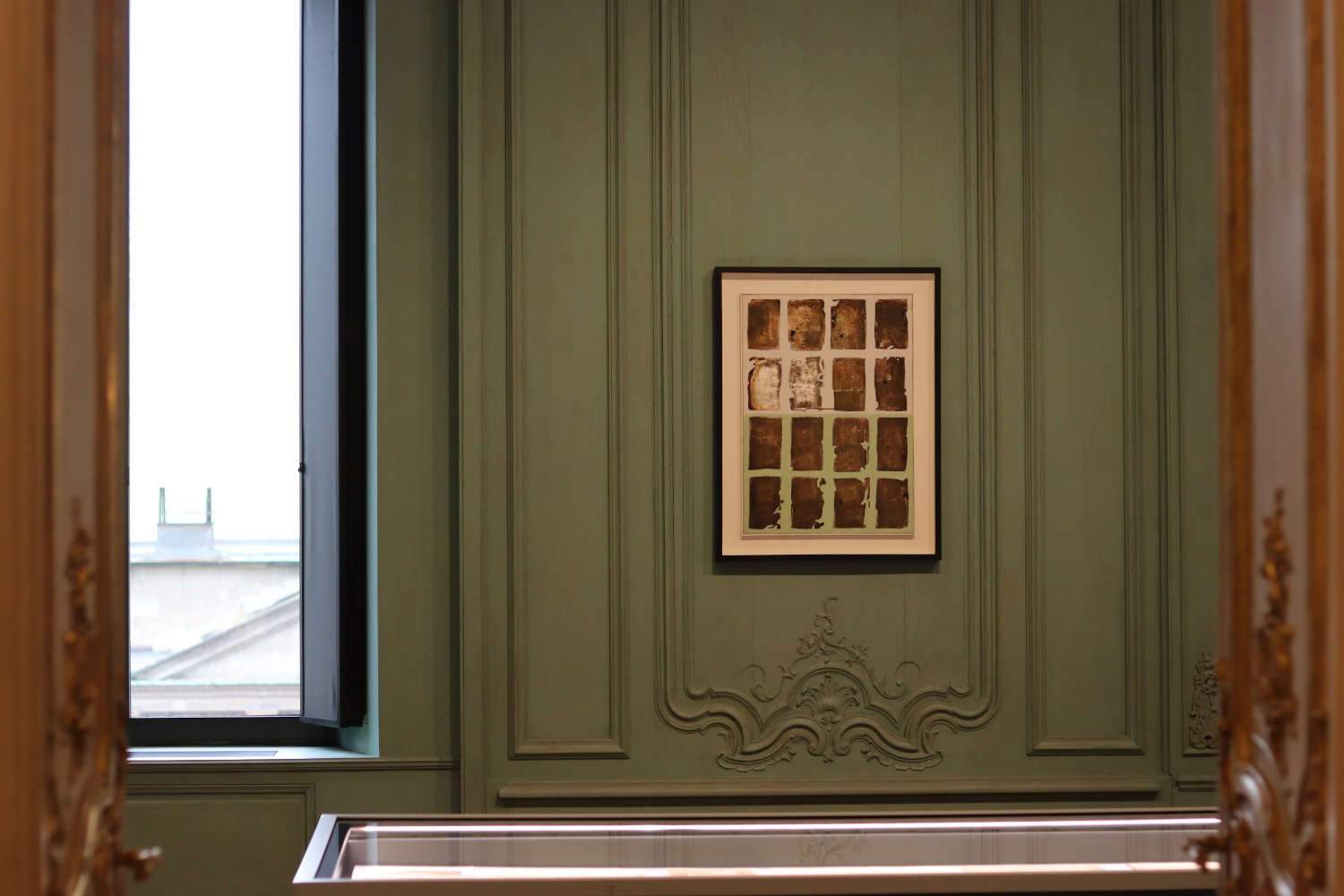The Luigi Rovati Foundation in Milan is enriching its permanent collection with a new exhibition, presenting for the first time seven Etruscan pictorial fragments and works by Massimo Campigli, Fausto Melotti, Leoncillo Lonardi and Remo Bianco, from March 13, on the Main Floor of the Art Museum. From March 20 to Aug. 4, the exhibition Vulci: producing for men, producing for the gods opens. The exhibition is dedicated to one of the most dynamic cities of southern coastal Etruria, a strategic center in the trade routes between Etruria and the Mediterranean. In the new exhibition, in counterpoint to the work of Andy Wharol, seven Etruscan pictorial fragments, part of a decorative cycle from an Etruscan tomb of the Archaic period, are presented to the public for the first time. The painting emerges as one of the highest artistic expressions of Etruscan civilization, offering lasting testimony to the taste and culture of the people, as well as providing valuable information about their customs and traditions. The tombs, conceived as familiar and domestic spaces, depict scenes of banqueting, dancing and athletic games. The seven pictorial fragments in the exhibition fit into the celebratory banquet scenario. Alongside, watercolors and drawings by the “archaeological artist” Augusto Guido Gatti (1863-1947) represent important documents on the paintings found in the tombs of Tarquinia in the last century, many of which are now damaged or lost.
Genealogy (La lois d’atavisme), by Massimo Campigli and Kore by Fausto Melotti, set against two Etruscan antefixes from the second half of the 6th century, continue the investigation of the repercussions and refractions of Etruscan civilization on 20th-century art. Following a visit to the Museo Etrusco di Villa Giulia in Rome during a summer vacation in 1928, Massimo Campigli’s painting experienced a turning point that led him toward the archaic and primitive roots of art. Two years later, Campigli painted Genealogy, where the archaeological echoes of his characters combine with research into his own origins. Fausto Melotti’s work is part of the Kore series, inspired by the column-statues of ancient Greece and depictions of Persephone. Melotti dedicated many works, reflections and sketches to the myth of Demeter and Kore, recognizing a culturally central archetype for Christian civilization as well, based on the idea of an alternation between death and resurrection. Leoncillo Lonardi, a leading figure of the Roman school, used ceramics and clay from his earliest days. His 1962 work La Grande Mutilazione (The Great Mutilation ) constitutes a new element in the remounting on the Piano nobile, dialoguing with other finds on the central table of the room that houses site-specific works by Luigi Ontani.
Last but not least, thanks to a collaboration with the Remo Bianco Foundation, two Tableaux Dorés created by the Milanese artist active since the 1940s are on display. The first Tableaux Dorés, or Impronte, originated from oriental suggestions to constitute one of his best-known and most enduring cycles, which continued until the 1980s. The Tableaux allow for the exploration of new possibilities through the use of extremely thin gold and silver leaves, arranged in rectangles or squares within a checkerboard pattern, taking on various forms. Through their mutability, these elements lend humanity to the impersonal, geometric grid through error and irregularity, creating a dynamic dialogue between balance and imbalance, generating that solemn effect, both modern and ancient, of Tableaux. The artist will be the focus of a conversation entitled The Dictatorship of Fantasy. Autobiographical Collage by Remo Bianco, on Wednesday, March 27. The event is organized in collaboration with Johan & Levi Editore and the Remo Bianco Foundation. Speakers will include Giovanna Forlanelli of the Luigi Rovati Foundation, Gabriella Belli art historian, Sharon Hecker art historian and curator, and Giorgio Zanchetti of the University of Milan. The meeting is free and open to all.
 |
| Milan's Luigi Rovati Foundation enriches its collection |
Warning: the translation into English of the original Italian article was created using automatic tools. We undertake to review all articles, but we do not guarantee the total absence of inaccuracies in the translation due to the program. You can find the original by clicking on the ITA button. If you find any mistake,please contact us.